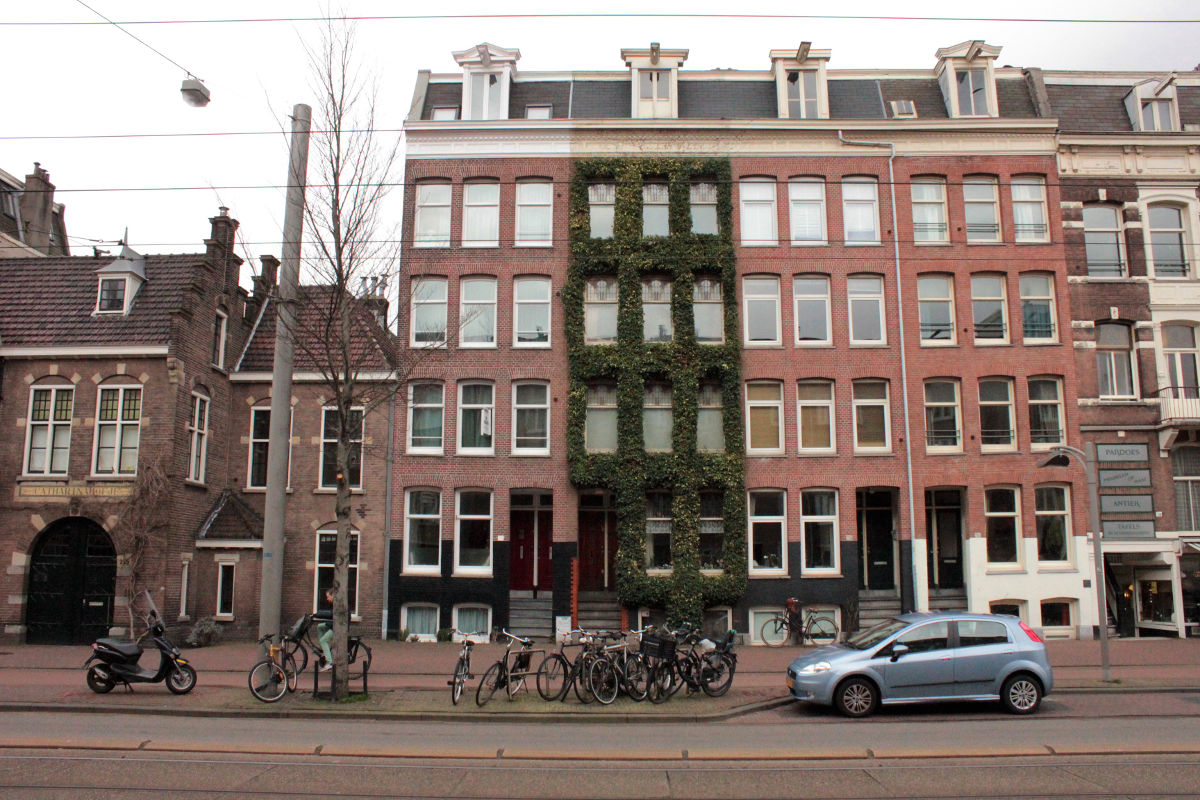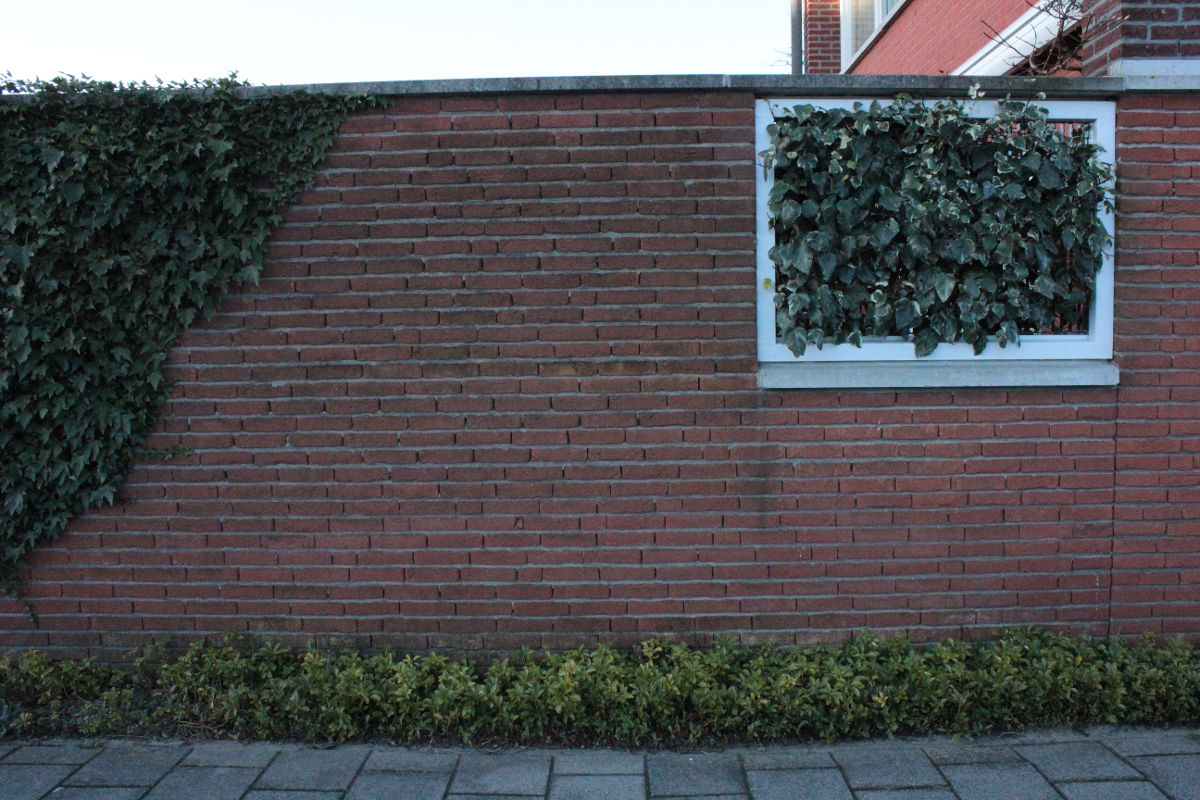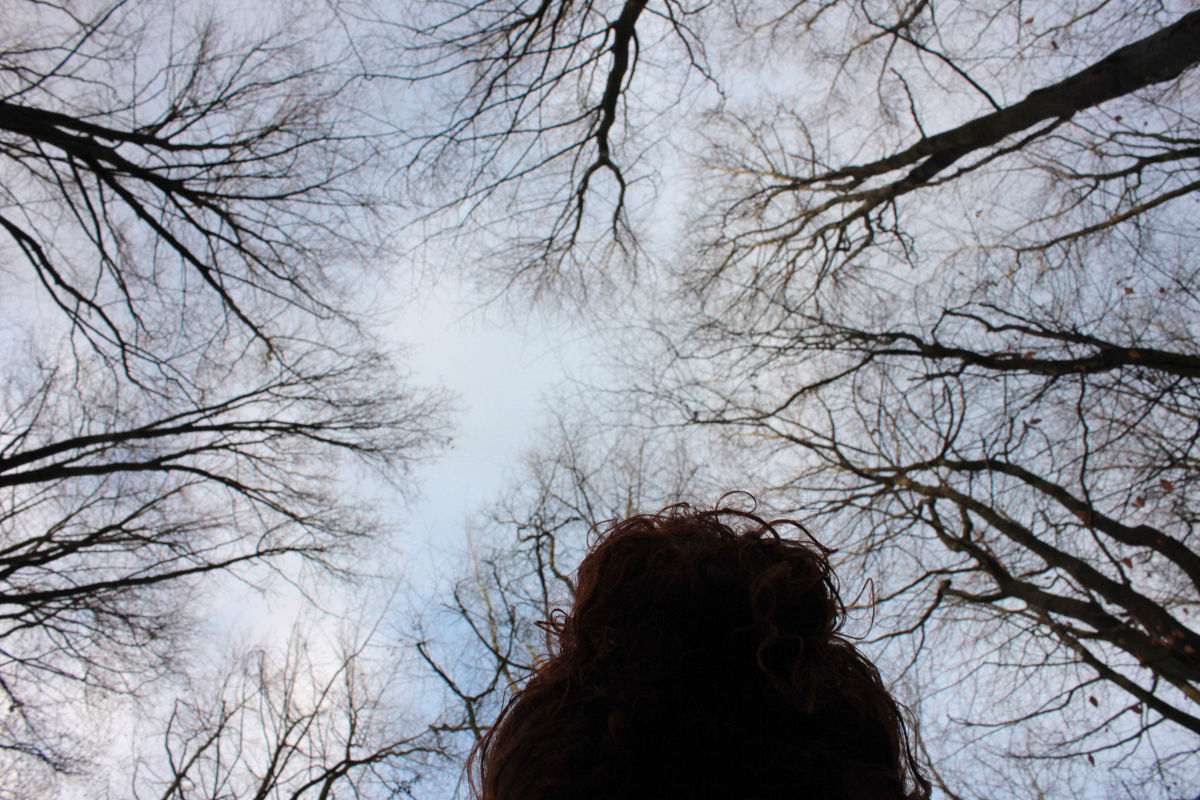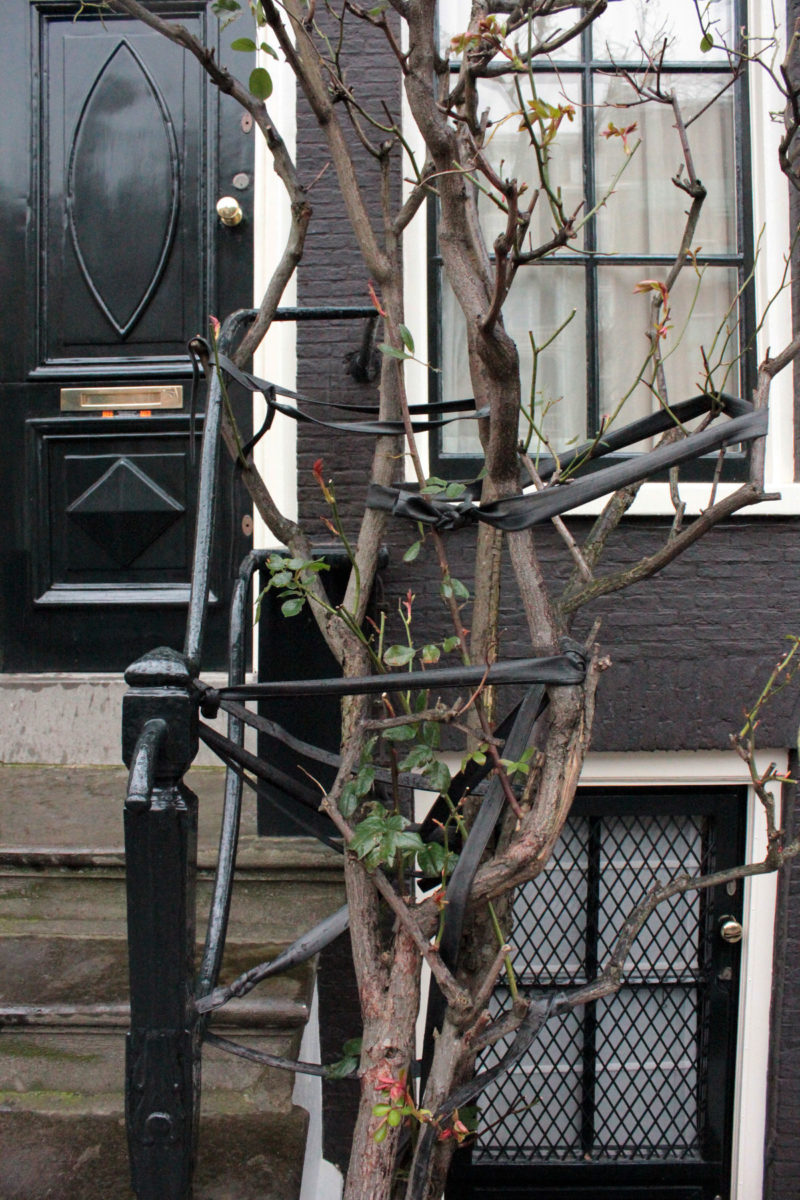Touring the Anthropocenery: Who’s in charge here, 2014
Reflection by sustainable development researcher Sandra van der Hel on the scenery of the Anthropocene, as witnessed in her local city of Amsterdam. Accompanied by a selection of photographs from the project Who’s in charge here (2014) by artistic researcher Elisa Matse, which explore the boundary between the man-made and the natural.
“Welcome to Amsterdam, the city of the Anthropocene. I will take you on a tour on which we will discover the Anthropocenery of this twenty-first-century city. Keep your eyes wide open, and you will see the signs of this exceptional epoch on every street corner and behind every tree.”
How to observe the Anthropocene in our local context? If we were to take a tour of our home city, and point out everything “Anthropocene,” what would we see? Where do we see the local signs of this global phenomenon? What would catch our eye? What, in other words, is the scenery of the Anthropocene?
If I look at my local city, Amsterdam, through an Anthropocene lens, I see a complex pattern of interactions and meanings captured in seemingly simple images. For me, one of the most striking things about the Anthropocene is the changing conception of nature and society, and the relationship between these historical categories. The pictures capture this element of the Anthropocene epoch as they are visible on a walk through my local city. They show the scenery of the Anthropocene.
In Who’s in charge here, artistic researcher and photographer Elisa Matse questions the extent of human influence on forces of nature and vice versa. She focuses on the boundary where the man-made and natural come together and a clear distinction between the two can no longer be made. We find ourselves in the in-between where categorization does not prevail and the seeming opposite tendencies of restraint and free rein coexist. The rhetorical title henceforth points exactly there: to the ambiguous middle ground where endless potential arises and categorization is overcome.




